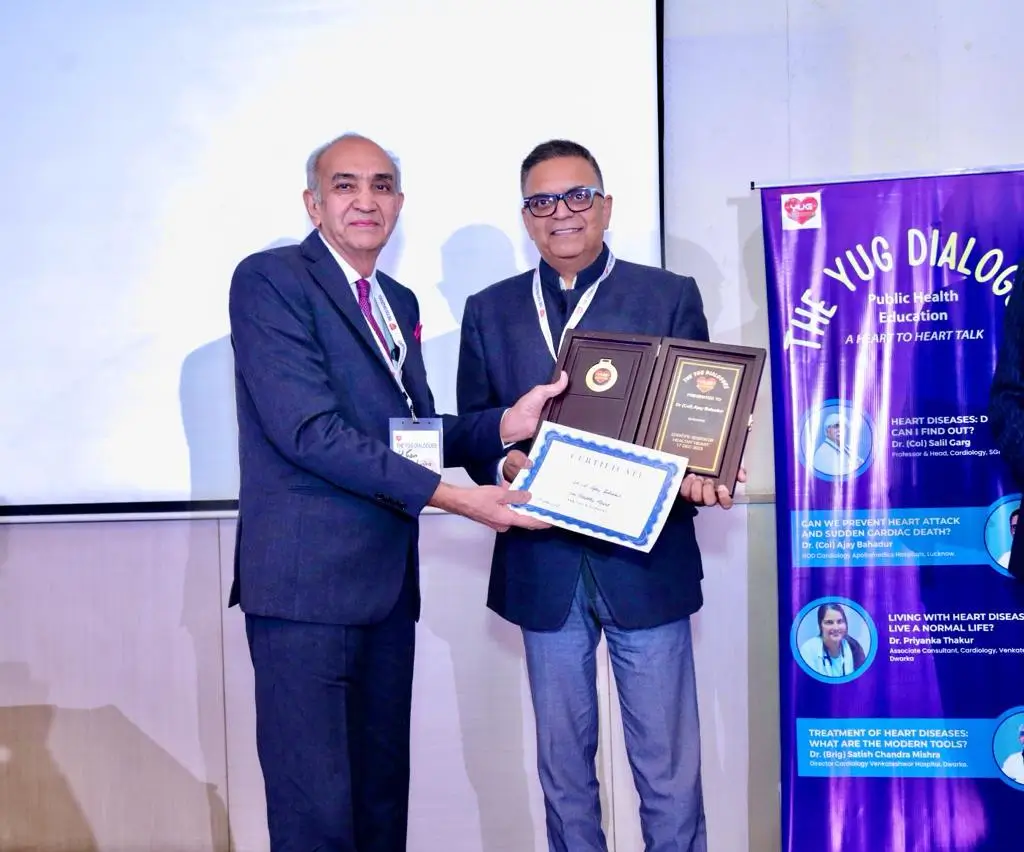Ventricular Septal Defect (VSD) is a congenital disease that affects the septum, the wall between the left and right ventricles of the heart which can be treated Ventricular Septal Defect (VSD) in Lucknow. This opening enables oxygen-rich blood to be permitted to mix with oxygen-poor blood in the right ventricle thereby enhancing the amount of blood flow in the lungs. VSD is the second most frequently occurring congenital heart disease, and the defect can be of an assortment of sizes. While small-sized VSDs are believed to close spontaneously during infancy, larger-sized VSDs often need medical interventional treatment or surgical repairage.
The symptoms of VSD also depend with the size of the defect and the degree of blood flow. Common symptoms include:
Meet for Ventricular Septal Defect (VSD) in Lucknow with Dr (Col) Ajay Bahadur
Ventricular
VSD is an acquired pathology, which in most cases is diagnosed in childhood. It occurs due to:
Diagnosis of VSD typically involves the following steps:
Diagnosis of VSD typically involves the following steps:
We prioritize delivering Ventricular Septal Defect (VSD) treatment in Lucknow that is both efficient and effective, ensuring you receive the best possible treatment with minimal wait times. Our focus is on providing high-quality, personalized care that enhances your overall well-being and health outcomes.

Led by Dr. (Col) Ajay Bahadur, widely recognized as the best cardiologist in Lucknow, our practice offers exceptional cardiovascular care.
Copyright © 2024 Dr Ajay Bahadur. All Rights Reserved.
WhatsApp us